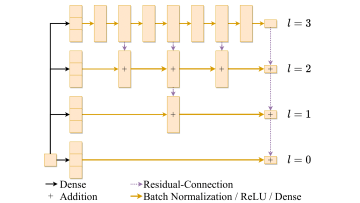10:00
Generalizing Hyperbolicity via Local-to-Global Behaviour
Abstract
An important property of a Gromov hyperbolic space is that every path that is locally a quasi-geodesic is globally a quasi-geodesic. A theorem of Gromov states that this is a characterization of hyperbolicity, which means that all the properties of hyperbolic spaces and groups can be traced back to this simple fact. In this talk we generalize this property by considering only Morse quasi-geodesics.
We show that not only does this allow us to consider a much larger class of examples, such as CAT(0) spaces, hierarchically hyperbolic spaces and fundamental groups of 3-manifolds, but also we can effortlessly generalize several results from the theory of hyperbolic groups that were previously unknown in this generality.



